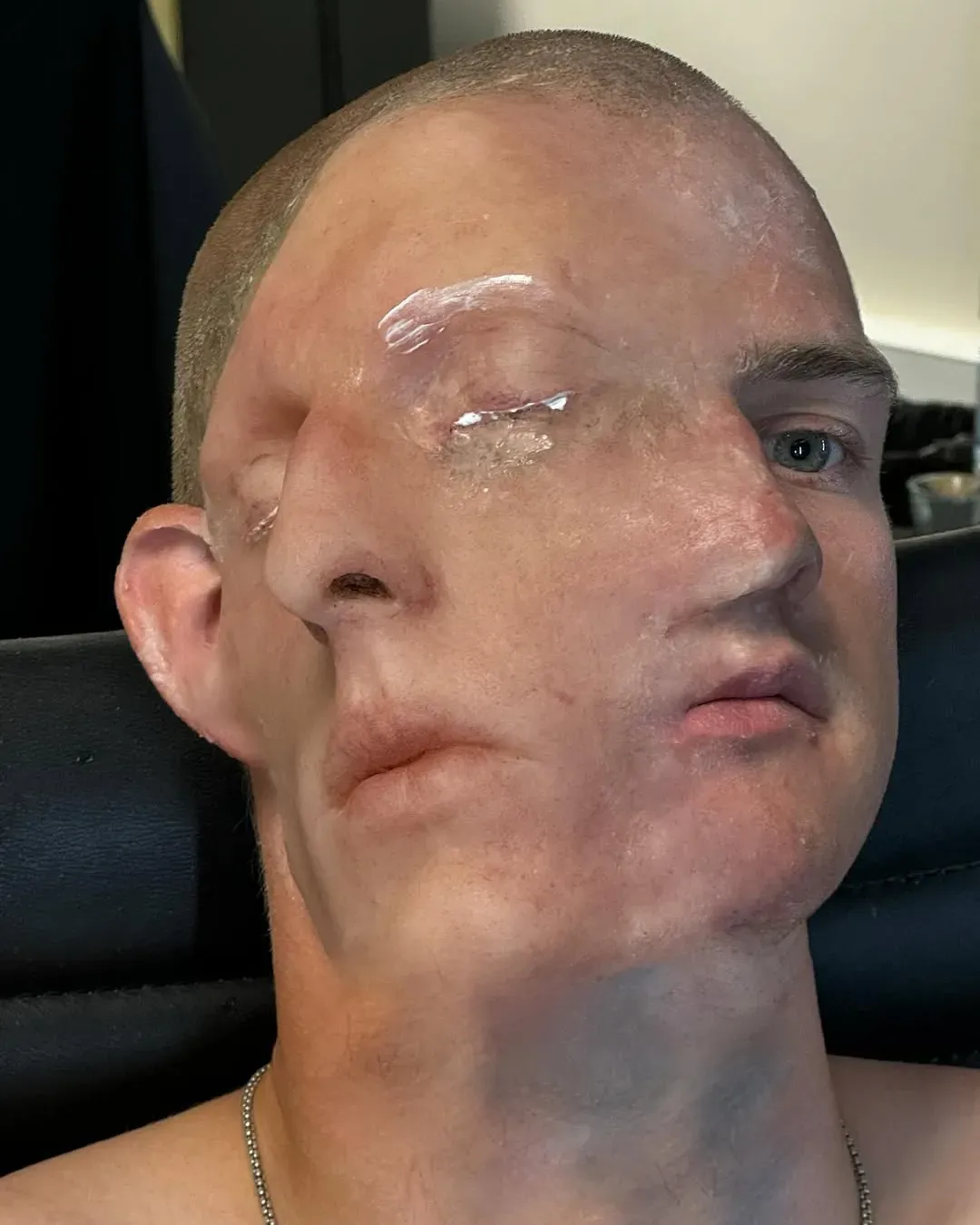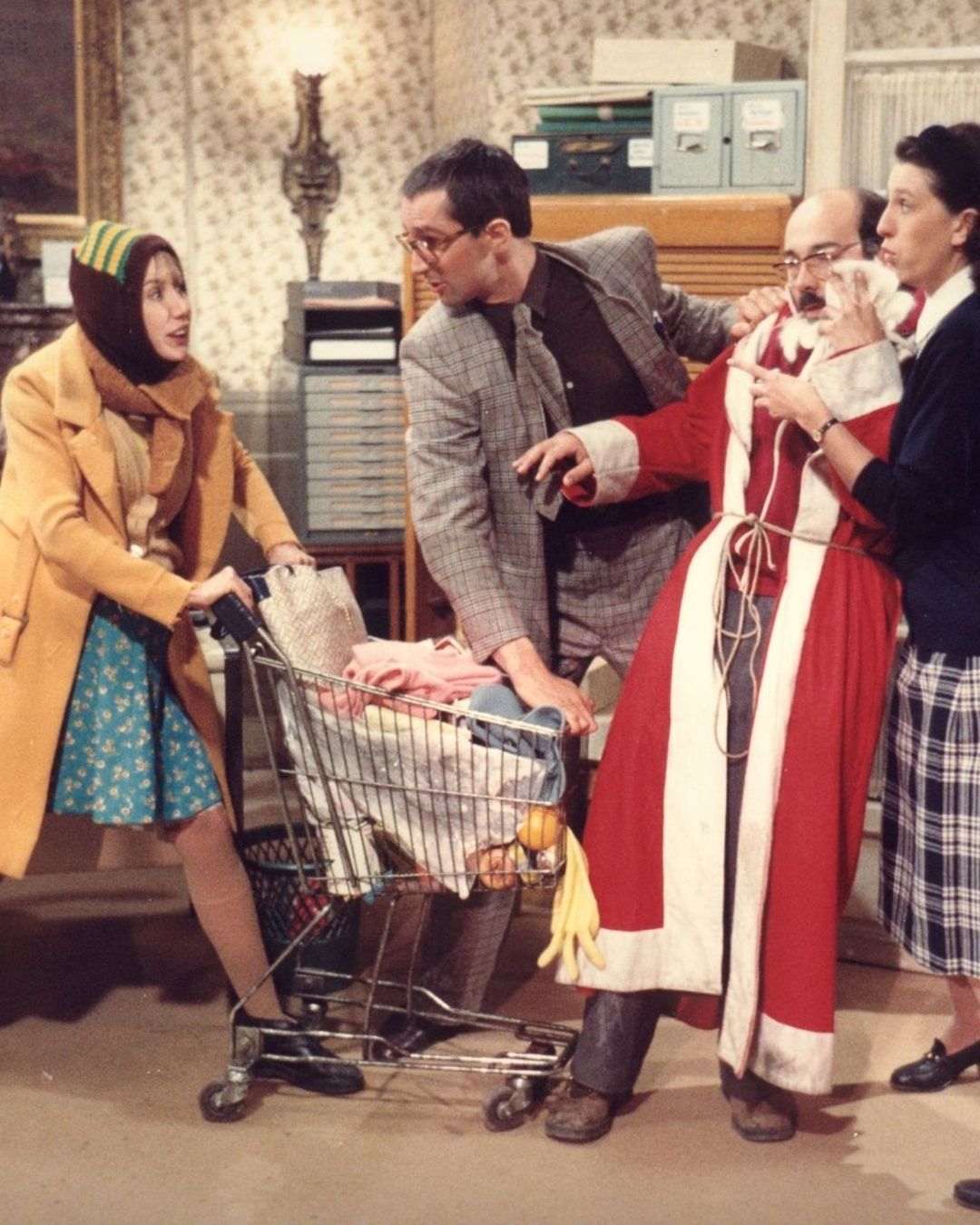
What is social prescribing? The practice to promote mental health
In recent years, social prescribing – also known by the English term social prescribing – has increasingly spread as a complementary practice in the medical field. Its principle is simple: instead of only recommending medications or therapies, doctors can suggest that patients participate in social, cultural, or recreational activities, such as attending an art workshop, enrolling in a dance class, or visiting a museum. In this process, a key role is played by so-called link workers, specialized figures who are well-acquainted with the services available in local communities and who assist patients in finding the activity best suited to their interests and needs. After an initial consultation, a personalized plan is created that takes into account individual preferences and the offerings available in the area. The link between social participation and health thus becomes a tangible form of support, aiming to address not only physical needs but also psychological and emotional ones – which are central to people's quality of life. A case reported by Time magazine illustrates this well: a 93-year-old woman suffering from chronic chest pain improved when she resumed dance classes, which she had stopped after her grandson, who used to accompany her, moved away. In this case, the support of an assistant made the difference and avoided the need for other therapies.
Does social prescribing really work?
@laurenkissee This is free medicine and its the most powerful thing you can do for your health! #grounding #earthingtherapy #earthing #earthingeveryday #thesunishealing #thesunishealthy #wellnesstok #wellnesstips #naturalmedicine original sound - Lauren Kissee
According to the World Health Organization (WHO), social prescribing can be a useful resource not only for promoting mental health, but also for addressing chronic conditions and supporting overall psychological and physical well-being. This is an idea that even young people are increasingly aware of. More and more studies highlight how a significant portion of medical visits are related to problems that do not have a strictly clinical origin, but rather stem from social isolation, depression, or emotional distress. In such cases, traditional recommendations – such as exercising or following a balanced diet – may be ineffective, especially when motivation is lacking. However, offering a concrete, enjoyable, and structured activity makes it more likely that a person will continue it over time. While social prescribing cannot replace other treatments, it can create a virtuous cycle: participating in a carefully selected activity, knowing one has to be at a certain place at a certain time, and having someone to facilitate the process can strengthen one’s willpower, with positive effects on self-esteem. In an era where demographic aging, the rise of chronic diseases, and focus on mental health are increasingly relevant, having tools that are different and complementary to medications becomes a valuable resource.
@lydsbutler the best walk you could get
Running Around - Ely Oaks
Born in the United Kingdom, where it has been systematically introduced since the 1980s mainly in the national health system, social prescribing has recently expanded to other countries. Today, it is active in Australia, Japan, Finland, Austria, and the Netherlands, and is gaining ground in the United States and Italy, although with different approaches. In public and integrated healthcare systems, it is easier to promote this practice, which is also appreciated for its potential to reduce the pressure on healthcare facilities. Encouraging participation in certain social settings can help prevent the worsening of certain conditions, thereby postponing or avoiding more expensive or invasive therapies. In countries where access to care is largely governed by private insurance, implementing such programs can be more complex. However, as emphasized by the New York Times, if the prescribed activities help reduce emergency room visits for non-urgent issues, the savings for insurance companies could be significant.















































